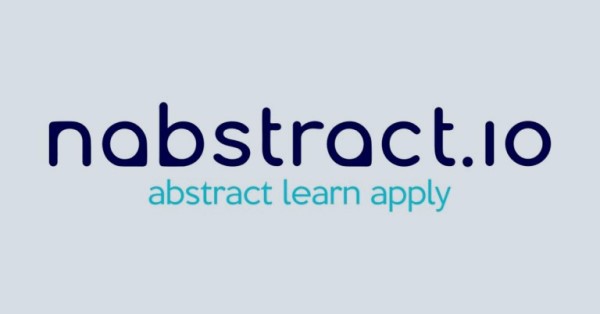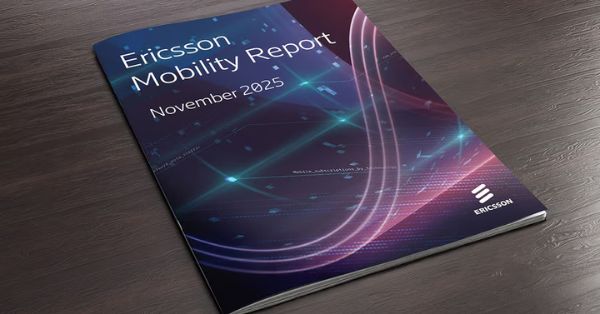Nabstract, a global enabler of Network API Platform for telcos, public cloud providers and enterprise developers, is set to showcase its latest innovations at the upcoming Mobile World Congress 2024 in Barcelona. At the global event, the company will be presenting its innovative product lines for telcos – NIOP, a vendor-agnostic API Monetization Platform, and Nabstract NEF, a versatile, secure, and standards-compliant scalable Network Exposure Function, in line with the GSMA Open Gateway initiative.
Sharing his thoughts on the company’s partnership with public cloud companies, Vaibhav Mehta, Founder & Director, Nabstract said, “Successful B-2-B Partnerships can evolve with Public Cloud Companies and Telcos, if Telcos start to offer network-capabilities in the form of APIs in collaboration with public cloud companies, to accelerate NaaS-based alliances.”
Nabstract is partnering with global public cloud providers to provide E-2-E demos for its telco-partners, supporting them in leveraging complex NaaS capabilities like Traffic Influence, and helping them simplify and monetize 5G Network APIs. If done right, public cloud application partners can use CAMARA-based Network APIs to enable their Application developers to consume and enhance emerging applications with Network APIs.
Nabstract will be demonstrating CAMARA API-capabilities and GSMA Open Gateway Adoption for leading telcos in the world. Some of the use cases will be presented using the Computer Vision Applications of Intel Open VINO, a powerful deep learning toolkit developed by Intel, to showcase developers’ ease in enriching their applications with 5G Network APIs. Conventional use-case of Quality on Demand (QoD) was static and not developer-friendly. In this demo, Nabstract will be showcasing interactive applications like Computer Vision or AR-VR, which will dynamically define use of QoD, based on different events that are triggered by device location, device status or enterprise developer requirements. Some of other demos, which leverage the immense information available with the Network providers, include use of Device Location retrieval, Geofencing and Device Location Verification and Device information like SIM association and others.
In another demo, Nabstract 5G Network APIs, SDK and Connectors will be exposed to developers using CAMARA API capabilities. Simplifying CAMARA API Enablement, Nabstract and its API Management platform partners will be demonstrating a complete 5G API Monetization journey for telcos, with developers making access to API marketplaces, Developer Portals to fine-tune their applications to get them network-ready and finally to adopt CAMARA APIs.
About Nabstract
Nabstract brings in a vendor-agnostic API Monetization Platform, based on device, network & services, which converts complex network APIs into simple intent-based service APIs for Enterprises and Vertical Platform Developers. As an enabler for 5G B2B2X value-chain, Nabstract is engaged in the development of network exposure capabilities of 5G & Edge Cloud platforms to build new differentiated services. Working with a B-2-B focus, the platform enables Telcos to get a leading edge by selling 5G-connectivity and cross-industry digital products to enterprises, realizing faster monetization from the networks.
Reducing the complexity of the network infrastructure, the platform’s simple APIs streamline and accelerate application development, quickening deployment and ROI-timelines for Telcos. With Nabstract APIs, they can integrate all the data-sources, both on-premises and on the cloud, facilitating enterprises to build, manage and scale applications across distributed environments.
For More Information Visit — https://www.nabstract.io/








































